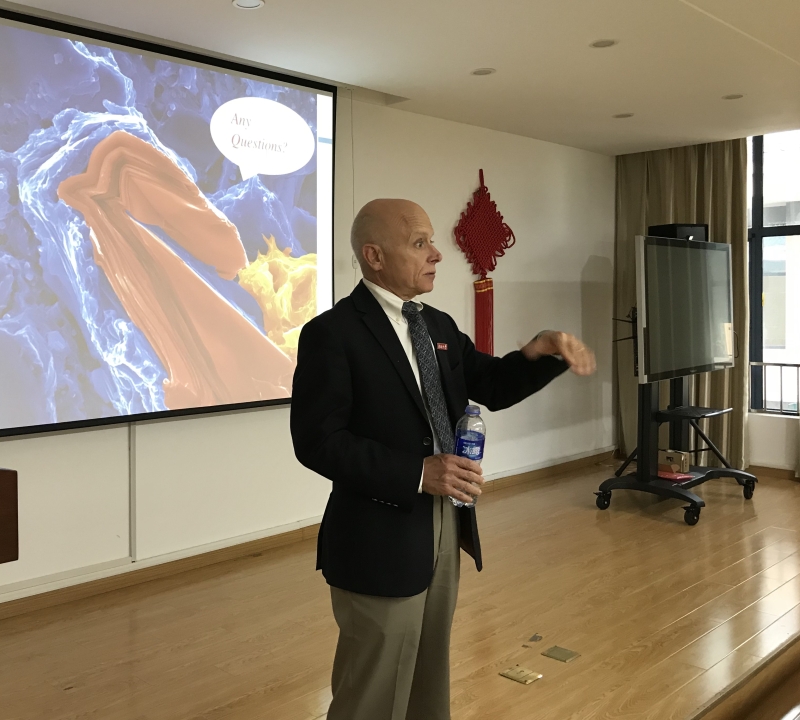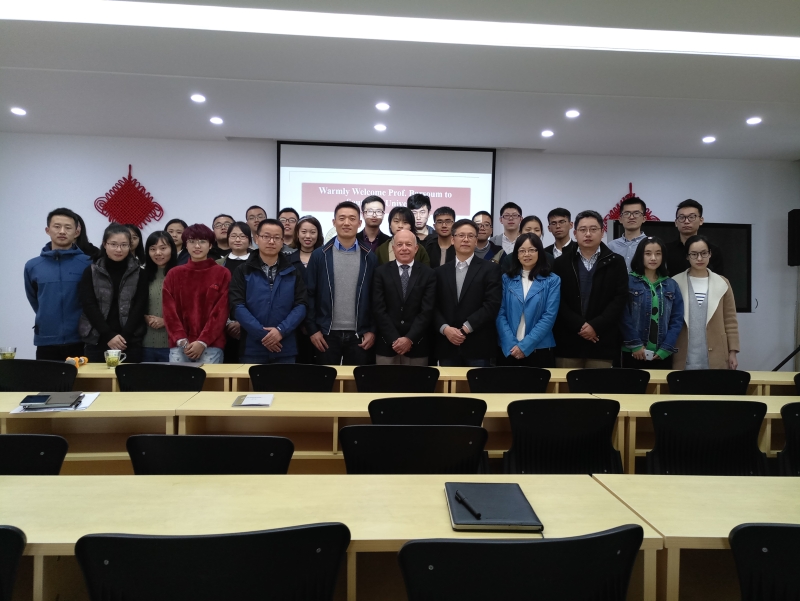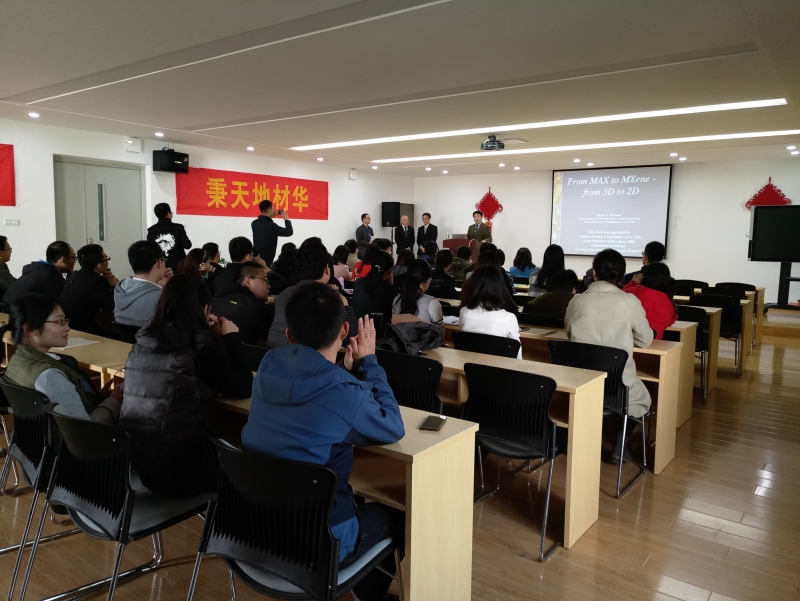Introduction: By now it is well-established that the layered, hexagonal carbides and nitrides with the general formula: Mn+1AXn, (MAX) where n = 1 to 3, M is an early transition metal, A is an A-group (mostly IIIA and IVA) element, and X is either C and/or N, combine some of the best attributes of metals and ceramics. Sometimes, they are referred to as polycrystalline nanolaminates because every basal plane is a potential deformation or delamination plane. They are excellent conductors of heat and electricity, damage and thermal shock tolerant and fracture toughness values as high as 15 MPa m-1/2. Some are lightweight, stiff and have good creep and outstanding oxidation resistance. In 2011 we showed that by simply immersing MAX phase powders, at room temperature, in HF the A-layers are selectively etched to produce 2D materials that we labeled MXenes to emphasize the loss of the A-group element and their similarities to graphene. Currently there are over 20 new compositions with new ones discovered regularly. Unlike hydrophobic graphene, MXenes are hydrophilic and behave as “conductive clays”, or 2D metals, a hitherto unknown combination. MXenes such as Ti2C, V2C, Nb2C and Ti3C2 can be used as electrode materials in lithium-ion batteries (LIBs) and supercapacitors (SC) as well as transparent conductive electrodes, with performances that are quite impressive. The potential of using MXenes in energy storage, as transparent conductive electrodes, EMI shielding among other applications will be highlighted.
Bio: Dr. Barsoum is Distinguished Professor in the Department of Materials Science and Engineering at Drexel University. He is an internationally recognized leader in the area of MAX phases and more recently the 2D solids labeled MXenes. Most recently he also discovered a new mechanism – ripplocations - in the deformation of layered solids. With almost 400 refereed publications and a h index > 70, his work has been highly cited. He is an international member of the Royal Swedish Society of Engineering Sciences, fellow of the American Ceramic Soc. and the World Academy of Ceramics. He is the author of two entries on the MAX phases in the Encyclopedia of Materials Science and the books, MAX Phases: Properties of Machinable Carbides and Nitrides and Fundamentals of Ceramics, a leading textbook in his field. In 2000 he was awarded a Humboldt-Max Planck Research Award for Senior US Research Scientists. Since 2008 he has been a visiting professor at Linkoping University in Sweden. He spent his last sabbatical year at Imperial College in London and the Grenoble Institute of Technology in France. He was also a recipient of a Chair of Excellence from the Nanosciences Foundation in Grenoble in 2017.
Time: 15:00-17:00, Nov 7, 2017
Place: Southeast University Kowloon Lake campus,MSE Building A 601


